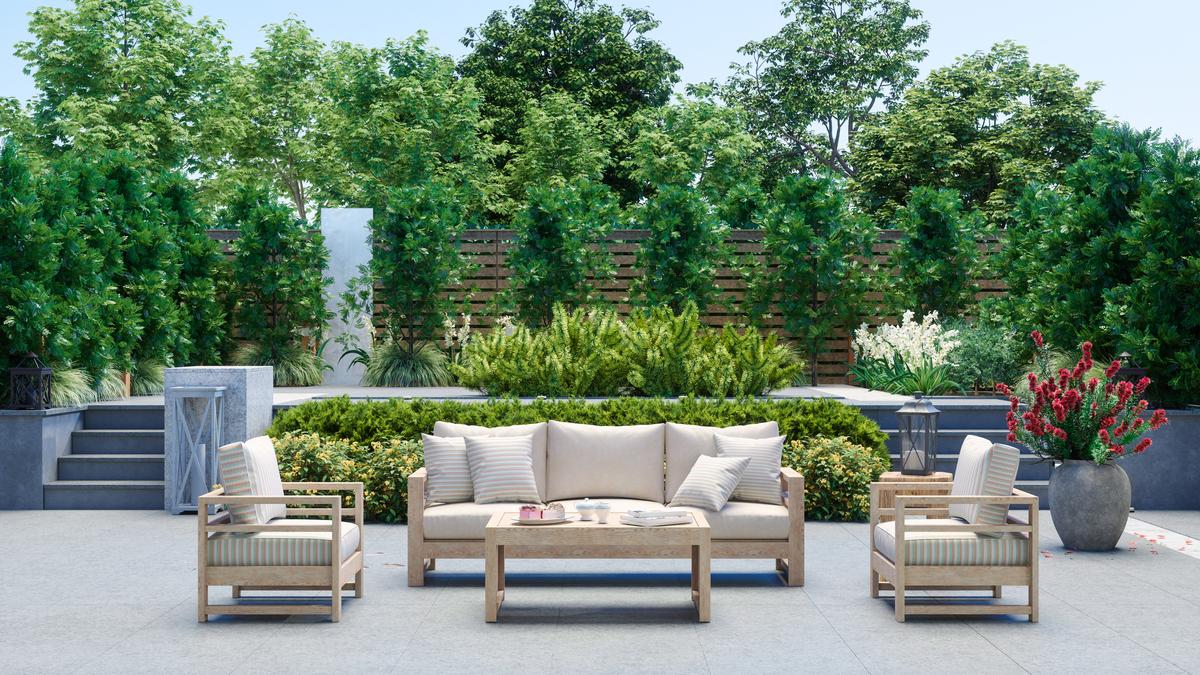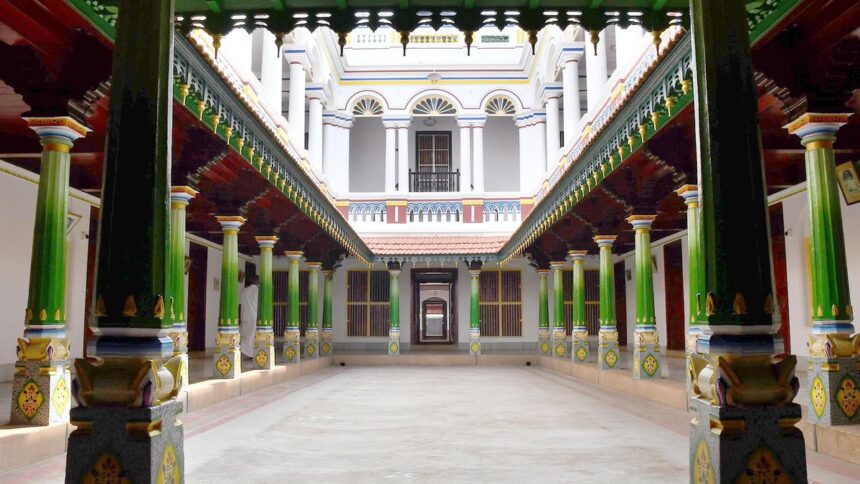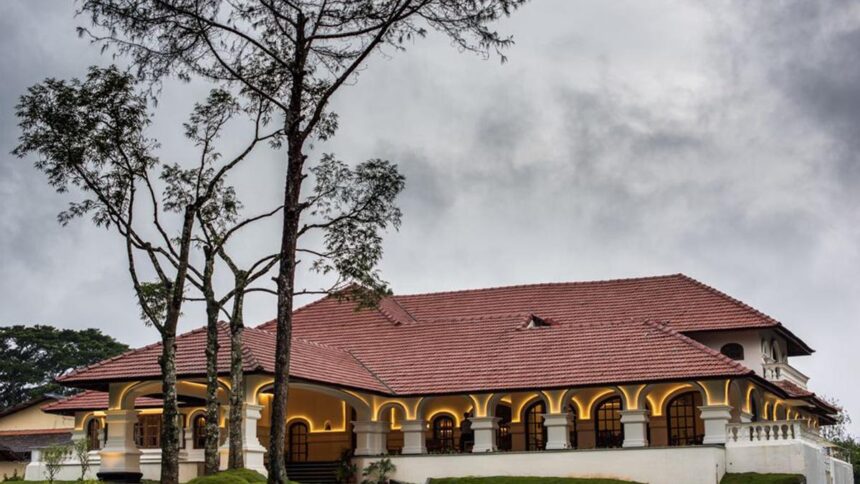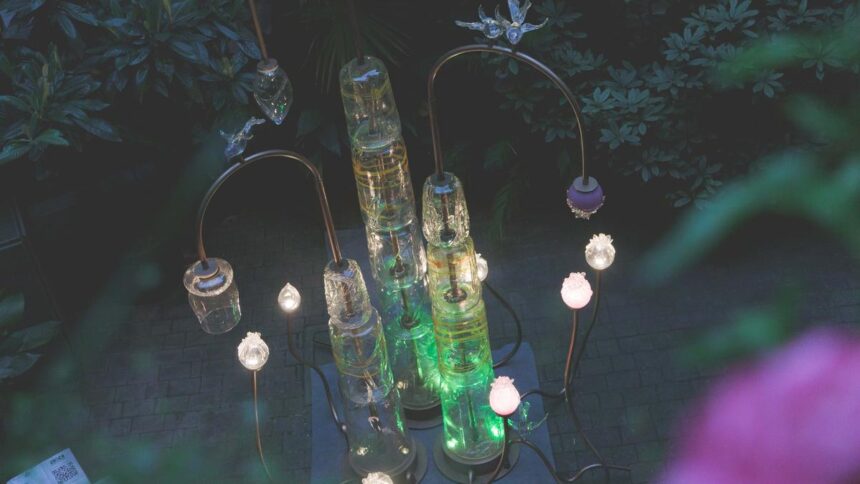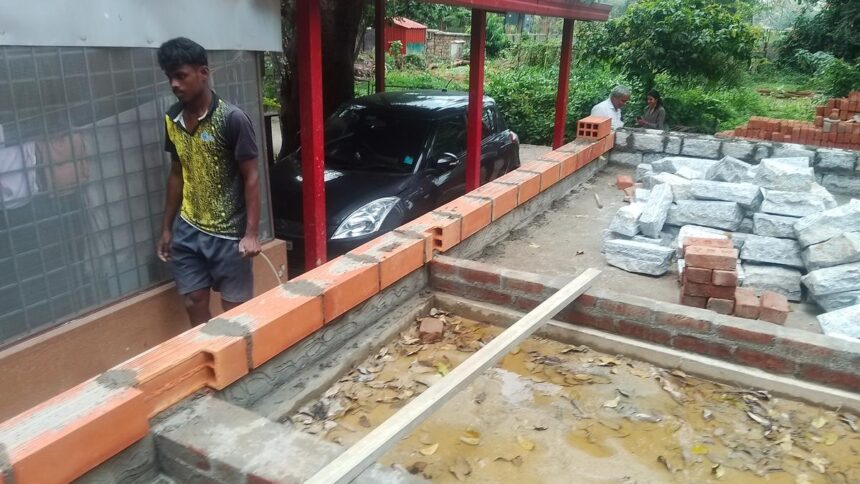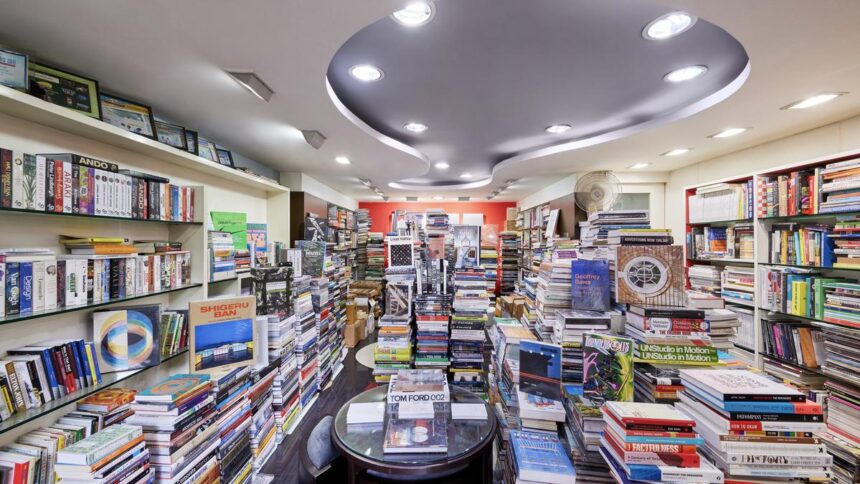
Getty Images/iStock
| Photo Credit: Getty Images/iStock
India’s cityscape is changing rapidly as builders across the country embrace the rooftop revolution, transforming once overlooked terrace spaces into lush green retreats and sophisticated sky lounges. It is more than simply cosmetic — it is a physical manifestation of how we are re-thinking our attitudes towards space-use, environmental sensitivity, and resident well-being at a time when urban density continues to grow ever higher and green open spaces become few and far between.
This revolution is driven by the growing awareness of environmental sustainability and urgent response to alleviate urban heat islands in Indian cities. There are green terraces that function as nature air purifiers, absorbing 2-3 degree Celsius of surrounding heat and pollution. These balcony gardens are also being used as insulation layers significantly cutting the use of energy for air conditioning during peak summer, resulting in huge amounts saved on electricity bills. But the benefits are not just at the building scale: if the use of green roofs becomes widespread, they could help make a substantial contribution to improving urban microclimates and taking pressure off city infrastructure.
The way we live and how we see our homes have changed after the pandemic. Indians now yearn for outdoor spaces where families can gather, socialise and exercise safely in nature.
Sky lounges are the answer that developers have found, providing homeowners with luxury services, much like five-star hotels, while keeping privacy and exclusivity. These sky-high spaces include top-notch fitness facilities, Zen gardens to meditate in peace, and co-working areas or entertainment sections that address a wide variety of lifestyle options — all within the umbrella coverage provided by their residential complex.
Commercial advantages
On a business level, rooftop features have been strong points of distinction in competitive residential markets. Well-planned green terraces and sky lounges are add-ons that tenants will pay a premium for, often 15%-20% more than neighbouring buildings without these features. Rooftop investment usually generates an ROI (return on investment) through increased property value and velocity of sales as some buyers are seeking homes that enhance their lives. Builders looking to maximise ROI while providing an enriched residential environment can design the perfect location for relaxation.
The mental health advantages of raised green spaces are not to be minimised, all the more so in crowded Indian cities where access to ground-level open air is scarce. Research shows that being surrounded by greenery and having an elevated outlook can result in lower stress levels and better mental health and well-being.
Sky lounges have been a part of India’s traditional culture, where people gather on roof tops and chitchat, an activity characteristic of weekends.
Today’s irrigation systems, low-weight growing mediums (such as felt or foam), and climate-resistant plants have made upkeep a cinch and green installations durable 365 days.
Rooftop gardens are easily monitored by intelligent automation systems, which can take care of them with little human intervention, thereby allaying former fears regarding the complexity and expense required to maintain such a space.
Green building initiatives backed by governments have fuelled this trend even more, with numerous states handing out bonuses to developers who use environmentally friendly elements such as green roofs.
Due to the advent of green building construction standards from governing authorities in most districts, roof gardens are now becoming increasingly common and often required for compliance with local regulations. Many modern sustainable office buildings have installed them.
This trend has provided a new series of added value for rooftop space, as builders may combine sun-drenched installations with green terraces and replenishment leisure places to develop commercial use while realising energy independence.
Future of urban living
As Indian cities creak from the weight of population growth and abandon sprawl for height, this rooftop revolution has become a natural extension of our urban development doctrine.
But developers who are emphasising such green terraces and sky lounges aren’t just jumping on the trend — they’re responding to a range of shifts in consumer demand, environmental awareness and urban living expectations that will define residential development for years to come.
This change is a reflection of a growing real estate market in India, where intelligent design and sustainability are slowly but surely being recognised as table stakes (minimum offering) rather than frivolous accessories to successful housing.
The writer is Director of Forteasia Realty Pvt. Ltd
Published – August 08, 2025 04:06 pm IST







